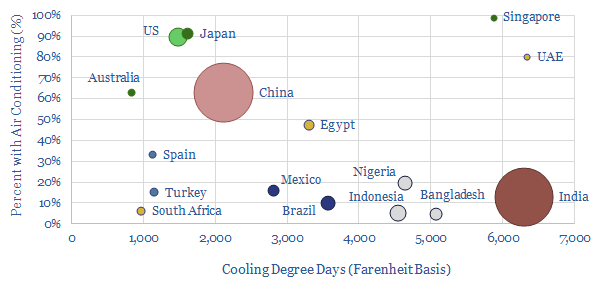
…be 6,500 TWH (10% of today’s total global energy), equivalent to 1,000 MTpa of LNG demand. These numbers are insanely high. They are quantified back-of-the-envelope in the data-file. Weather dependency….
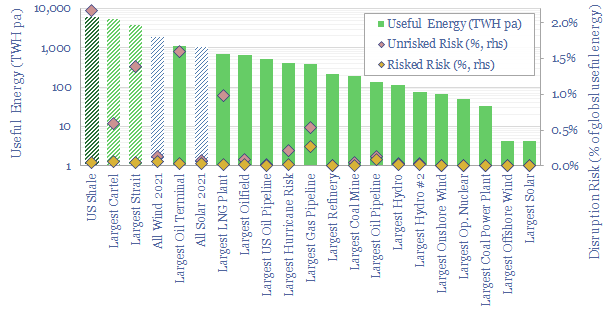
…includes a description and a risk assessment for each of: the world’s largest oil terminal (1,100TWH pa of useful energy supplied to the world), the world’s largest LNG plant (700TWH…
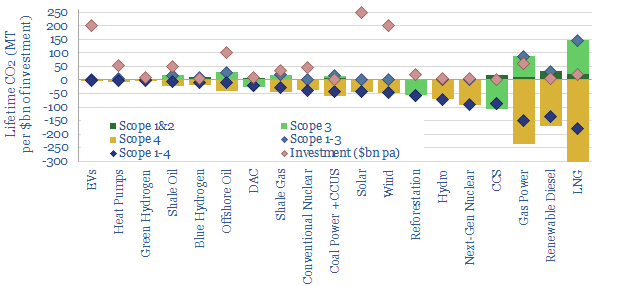
Scope 4 CO2 emissions reflect the CO2 avoided by an activity. This 11-page note argues the metric warrants more attention. It yields an ‘all of the above’ approach to energy…
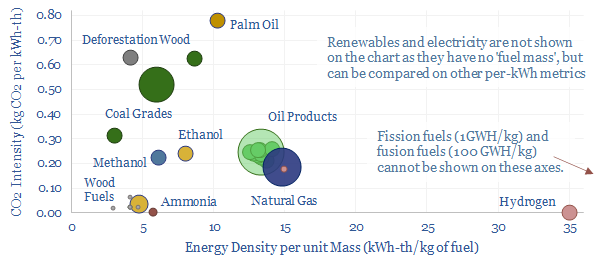
…units is given on pages 9-10, converting gas units into kWh from standard cubic feet (mcf, mmcf, bcf, TCF), normal cubic feet, cubic meters, tons of gas, tons of LNG…
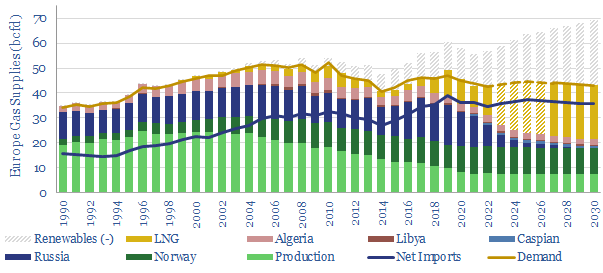
…then we would need to upgrade our estimates for indigenous European gas production, coal consumption, nuclear generation, uranium consumption and LNG imports. The numbers are quite interesting and material, spelled…
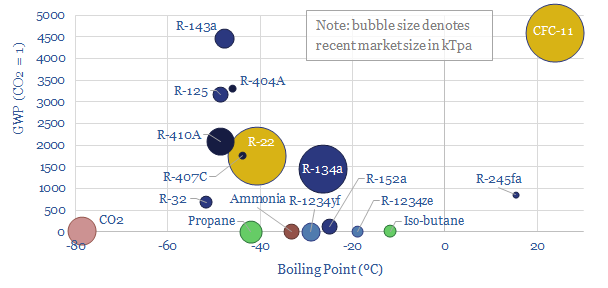
…systems (4 kg per home). There is also an industrial heating-cooling industry, including MW-scale chillers that might contain 400kg of refrigerants, to large global LNG plants. The market is growing….
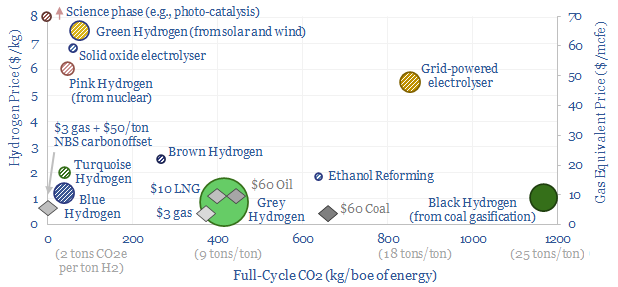
…LNG (!) because of logistical issues. The costs of hydrogen transport will be 2-10x higher than comparable gas value chains, while up to 50% of the embedded energy may be…
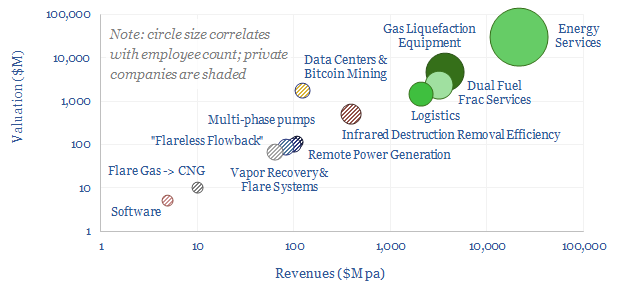
…the well site then requires compressors, pipelines, small-scale LNG, CNG or using gas in basin, e.g., for dual-fuel rigs or frac services or in-basin power generation. Sometimes it is not…
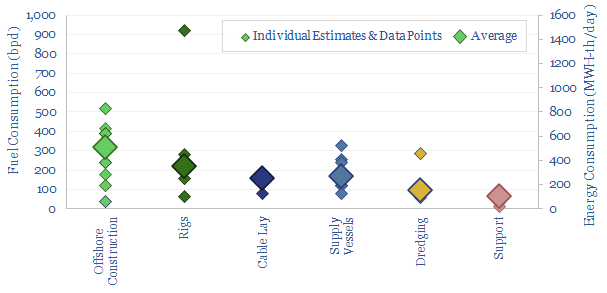
…semi-subs. Elsewhere in our shipping research, we see the typical fuel consumption of a large container ship at 1400bpd, a bulk tanker at 420bpd and a LNG carrier at 270bpd….
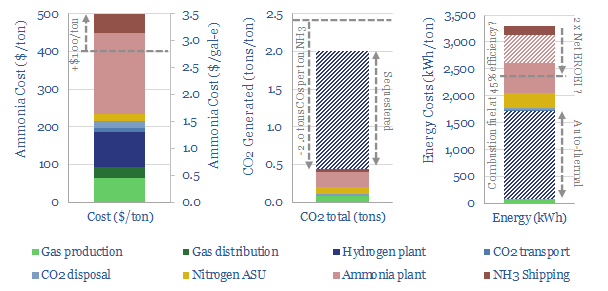
…in the production and distribution of blue ammonia. CO2 abatement costs are calculated versus oil products, coal, gas and LNG on page 6. We argue this is more of an…










